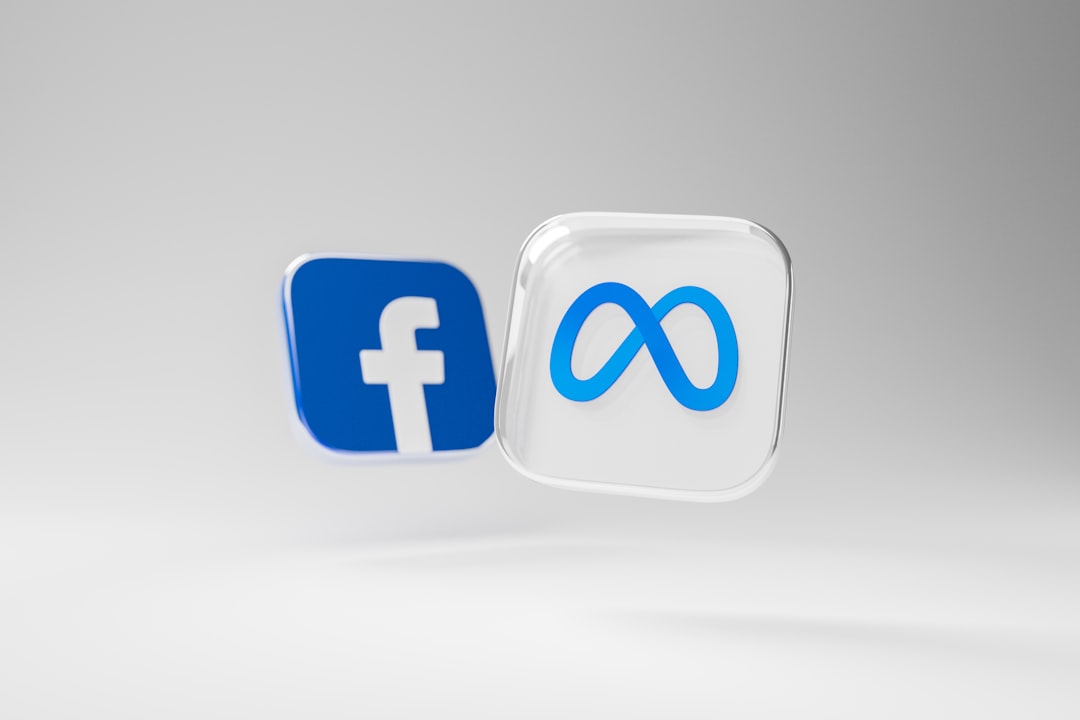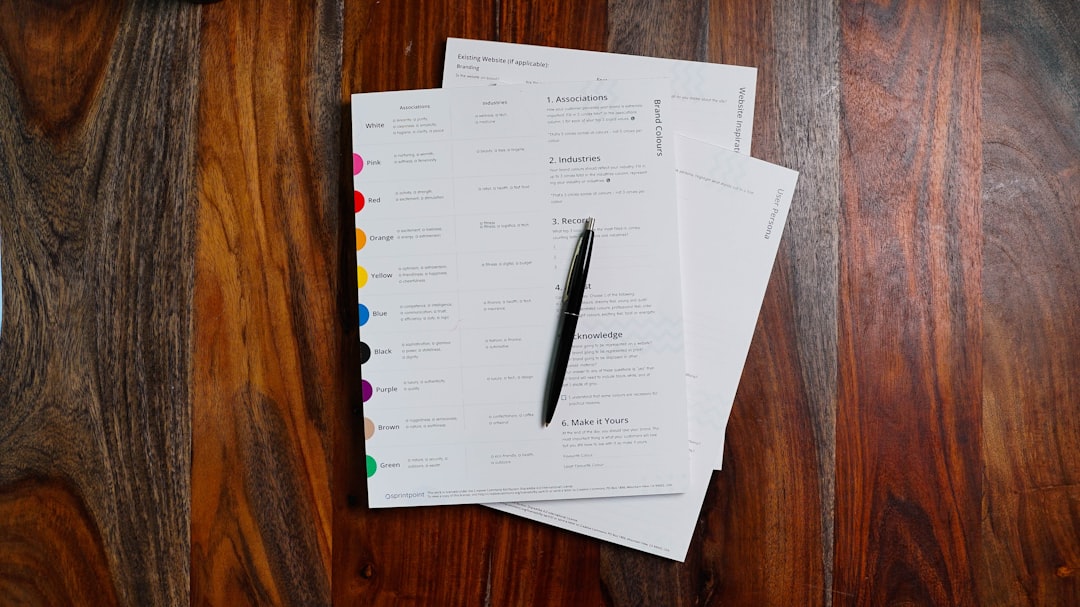In today’s competitive digital landscape, brands need more than just a great product or service to succeed—they need a consistent, recognizable identity. One of the most critical (and often overlooked) aspects of brand consistency is the correct and uniform use of logos across all digital touchpoints. Whether it’s an internal document, external presentation, or a social media profile, the logo is a visual cue that represents the brand’s values, professionalism, and trustworthiness.
TL;DR (Too long, didn’t read): Maintaining logo consistency across platforms like email signatures, documents, slides, and social media is essential for brand recognition and credibility. Misused or inconsistent logos can confuse audiences and diminish a brand’s impact. Standardizing logo usage creates a cohesive brand image, builds trust, and strengthens your presence across all communication channels. This article explores practical steps to ensure your logo looks sharp, appropriate, and uniform everywhere it appears.
The Importance of Logo Consistency
Your logo is more than just a graphic—it’s the face of your brand. Inconsistent logo use can weaken your brand identity, confuse your audience, and even raise questions about your professionalism. Here’s why logo consistency is crucial:
- Brand Recognition: A consistent logo helps customers and clients recognize your brand quickly and easily, whether they’re scanning through emails or scrolling social media.
- Professionalism: Uniform presentation across platforms reflects attention to detail and a serious approach to business.
- Trust: Visual consistency reinforces trust. People are more likely to trust a professional-looking brand than one with a patchy presentation.
Where Logo Consistency Matters Most
Maintaining a clean and clear logo format on just your website isn’t enough. Here are four critical areas where consistent logo application contributes to cohesive branding:
1. Email Signatures
Emails are your brand’s daily handshake. You might not be consciously thinking about it, but every signature with a pixelated or misplaced logo erodes trust. Conversely, a well-crafted email signature with a properly sized and positioned logo displays attention to detail.
- Use the same size and style logo across all employee signatures.
- Avoid embedding oversized images that distort your logo.
- Ensure proper alignment with text to avoid awkward gaps or overcrowding.
Pro Tip: Use an email signature management tool to distribute a centrally managed, logo-consistent signature across your organization.
2. Documents (Word, PDFs, etc.)
Every document you create, whether internal reports or external proposals, contributes to your brand image. An offset or low-resolution logo can significantly undercut your professionalism.
- Use high-resolution, scalable logo formats (like SVG or high-quality PNG).
- Place logos consistently—usually on the header/footer or top-right corner of documents.
- Maintain consistent margins and spacing around the logo.

Creating branded document templates helps eliminate guesswork and ensures every file sent out aligns with your visual identity.
3. Presentations and Slides (e.g., Google Slides, PowerPoint)
Slide decks amplify your message visually, and a misaligned or varied logo in these materials can cause distraction. Poor visual consistency often makes it look like the content was thrown together last minute.
- Embed the logo into master slides to ensure it appears uniformly across pages.
- Stick to brand-approved color versions—light or dark depending on your slide background.
- Match the logo scale with slide layouts—too big can be overpowering; too small diminishes impact.
Hot Tip: Design custom slide templates using your brand guidelines and distribute them across teams.
4. Social Media Profiles
Social media is often the first place new users encounter your brand, and first impressions count. But every platform has different formatting requirements. This presents a challenge in keeping your logo visible and undistorted.
- Use platform-optimized logo sizes and consider square or round cropping constraints.
- Create versions of your logo designed for different aspect ratios (1:1, 4:5, 16:9).
- Ensure your profile avatar uses the most recognizable version of your logo for small displays.

Remember, your logo doesn’t just appear on profile pictures—it shows up in banners, posts, stories, and ads. Each context demands variations that still feel cohesive.
How to Achieve Logo Consistency
If you’re struggling to maintain logo coherence across platforms, it’s time to take a strategic approach. The good news? It’s fixable with a few key practices:
1. Develop a Brand Style Guide
Your style guide should act as the brand’s visual playbook. It should include:
- Approved logo versions and file formats
- Guidelines on when and how to use each version
- Minimum sizes and safe areas for placement
- Do’s and don’ts for resizing, colors, and backgrounds
Without clear documentation, everyone in your organization is left guessing—which leads to inconsistencies.
2. Centralize Logo Files
Store all your approved brand assets in a shared, easy-to-access platform like Google Drive, Dropbox, or a digital asset management (DAM) tool. Label files clearly so team members can quickly find the correct format.
Example structure:
- Logo — Color — PNG
- Logo — White — SVG
- Favicon — 32×32 PNG
3. Automate Where Possible
Consider automation tools and integrations that manage logo usage across systems. These may include:
- Email signature generators
- Slide theme managers
- CMS plugins for consistent web logos
- Social scheduling tools with pre-approved creative templates
Automation not only saves time but ensures compliance without re-training staff repeatedly.
4. Regularly Audit Your Brand Touchpoints
Conduct quarterly or bi-annual brand audits to assess the consistency of logo presentation across emails, documents, presentations, and online profiles.
Questions to ask:
- Is the same logo version used consistently?
- Is image quality up to standard?
- Are all new team members trained in brand guidelines?

Common Mistakes to Avoid
Even experienced teams slip up sometimes. Watch out for these red flags:
- Using outdated logo versions just because “they’re already in the system”
- Switching between color and monochrome versions inconsistently
- Overstretching or compressing logos to fill space
- Applying unapproved color backgrounds that clash with the logo
- Using low-resolution files in high-impact placements
Conclusion
Consistency doesn’t mean boring—it means reliable. When your brand shows up the same way across every slide, email, document, and tweet, it sends a powerful message: you’re trustworthy, organized, and proud of the image you project. Your brand’s logo is not just a pretty graphic—it’s a silent ambassador, whispering confidence into every interaction. Make sure it speaks clearly and consistently, wherever it goes.


